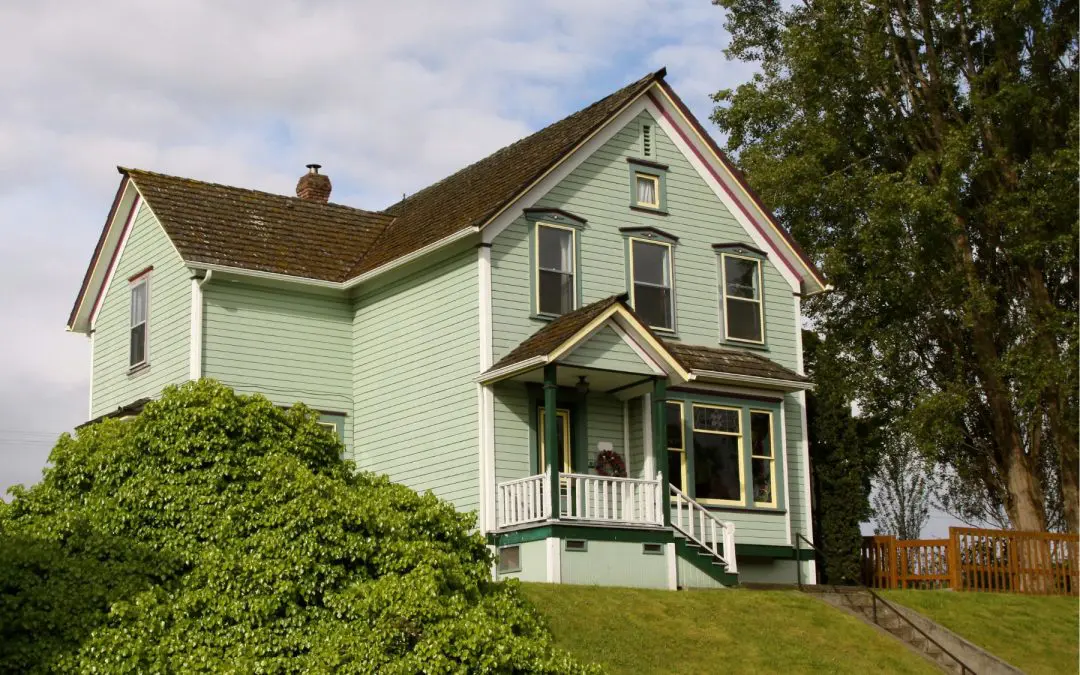Older homes have a character all their own. With solid construction, detailed craftsmanship, and a rich sense of history, they offer something newer homes often lack. If you’ve just bought a vintage property, you’ve likely picked up a piece of architectural history. But owning an older home also means staying on top of specific challenges and maintenance needs that come with age.
What to Know About Your Older Home’s Health
The home’s foundation is often the first place to look for signs of age. Over decades, even centuries, homes settle. This isn’t inherently a problem, but it can lead to issues if the settling is uneven or excessive. Look for cracks in the foundation walls, especially horizontal ones, or those that are wider at one end. Interior signs might include sloped floors, sticking doors and windows, or cracks in drywall above doorframes. While some minor settling cracks are cosmetic, significant issues can indicate a need for professional evaluation. Maintaining good drainage around your home is crucial, as water intrusion is a leading cause of foundation problems. Ensure downspouts extend several feet away from the foundation and that the ground slopes away from the house.
The Lifelines: Plumbing and Electrical Systems
These are two areas where age can truly show. Many older homes still retain original galvanized steel or cast-iron plumbing. Over time, these pipes can corrode and narrow, leading to low water pressure, rust-colored water, and eventual leaks. Knob-and-tube wiring, common in homes built before the 1950s, is another significant concern. While not inherently dangerous if undisturbed and in good condition, it lacks a ground wire, making it less safe for modern electronics and susceptible to overheating, especially if the insulation has deteriorated or untrained individuals have made modifications. Aluminum wiring, used in some homes from the mid-1960s to mid-1970s, also poses a fire hazard due to its expansion and contraction properties. An electrical system upgrade is often a wise investment in older homes to ensure safety and meet modern demands.
Keeping the Elements Out: Roofing and Exterior
The roof is your home’s first line of defense against the elements. Older roofs, whether slate, tile, or even older asphalt shingles, have a finite lifespan. Look for missing or damaged shingles, cracked tiles, or excessive granular loss. Flashing around chimneys and vents is particularly prone to leaks if improperly installed or maintained. On the exterior, examine siding for deterioration, peeling paint, and areas where water might penetrate. Older window frames can also be a source of drafts and energy loss. While their historic charm is undeniable, sometimes restoration or replacement is necessary for energy efficiency and comfort.
The Hidden Threats: Asbestos, Lead Paint, and Other Materials
Before 1978, lead-based paint was commonly used in homes. While encapsulated and undisturbed, it may not pose an immediate threat, but chipping or flaking paint can release hazardous dust. Asbestos, a fibrous mineral, was widely used in building materials for its fire-retardant and insulating properties before it was identified as a health hazard. It can be found in floor tiles, pipe insulation, roofing, and siding, among other places. It’s important to remember that these materials are generally safe if undisturbed. However, if you plan renovations that might involve disturbing these materials, having them professionally tested and abated is crucial. Never attempt to remove them yourself.
Understanding these common concerns isn’t meant to cause alarm, but rather to empower you as an old-home owner. Regular maintenance, informed vigilance, and knowing when to call in a professional will ensure your charming, historic home continues to provide comfort and shelter for generations to come.
FAQs About Older Homes
How often should I have my older home inspected?
Even if you’ve owned your home for a while, a thorough inspection every five to ten years or before undertaking major renovations is a good idea. This helps catch potential issues early and track the condition of various systems.
What’s the most common problem you find in older homes?
Electrical system issues and plumbing problems are closely related. Both are critical systems that often haven’t been updated to meet modern demands and standards, leading to safety and functional concerns.
Should I be worried about every crack I see in my old home?
Not necessarily. Small, hairline cracks are often cosmetic and a normal part of a home’s aging process. However, a professional should evaluate wider cracks (more than 1/4 inch), horizontal cracks, or cracks that are growing.
Is it always more expensive to maintain an older home than a new one?
Not always. While older homes may require more upfront investment in system upgrades, they often have higher quality original materials that can last longer with proper maintenance. New homes can also have costly issues, especially if built quickly or with lower-quality materials.
What’s the best way to find a qualified professional for older home repairs?
Look for contractors and specialists who have experience working with older homes. Ask for references and check their licenses and insurance. A good indicator is someone who understands your property’s unique challenges and historical context.
TUFF Home Inspections offers professional home inspection services in New Jersey. If you’re buying or selling a property, contact us to request an appointment.

